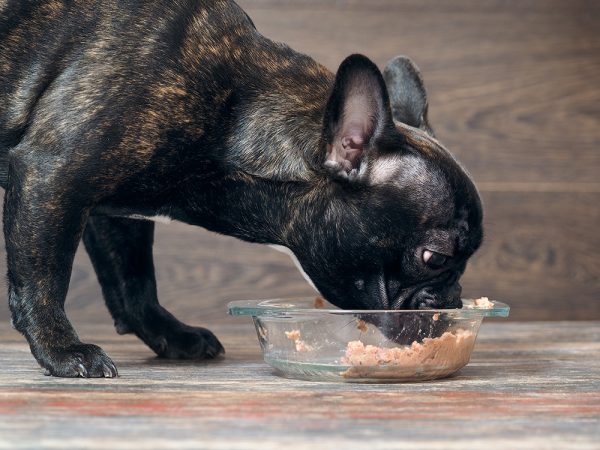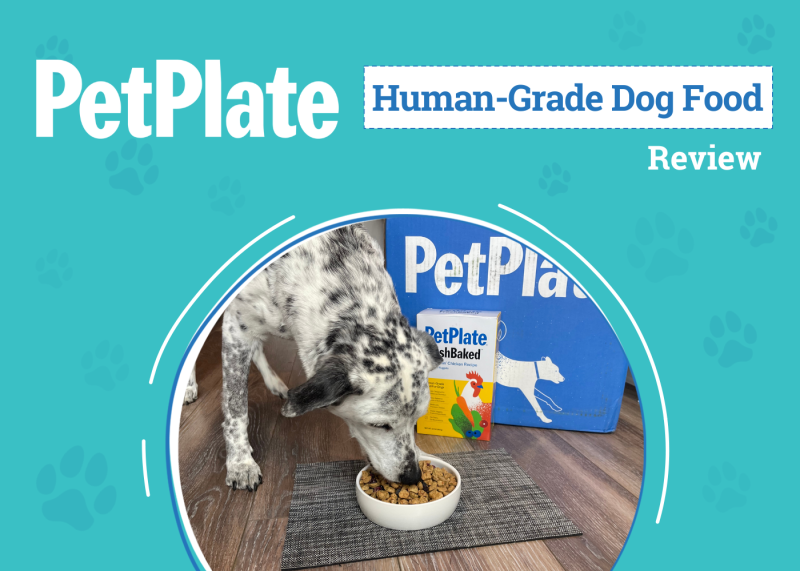A lot goes into feeding a dog, so if you’re stumped on how much to feed your Havanese, you’re not alone. The truth is, there is no set answer on how much to feed your Havanese. Each dog requires a different amount based on four factors: activity level, breed, age, and body condition score. As a very rough guide, most Havanese require between 200 and 400 calories per day.
We’ll discuss each of these factors in this post so you can learn how much to feed your Havanese. Let’s get started.

The Problem With Scoops
Many dog owners like to measure their portions in “scoops.” Admittingly, it’s convenient, but there are a few problems with this method. First, the biggest issue is consistency. “Scoop” can mean two different things from one household to another. Is it leveled? Are the scoops accurately measured? No one scoop is the same. Second, your dog’s needs will change throughout their lifetime. Your dog may need two scoops daily until they’re older and eat less.
Lastly, each dog food brand has a different caloric measurement. One scoop of dog food can have 300 calories, while the same scoop can have 425 calories with another brand. Several factors, not just scoops, determine a dog’s overall nutrition, so we can’t rely on scoops alone to keep our Havanese dogs happy and healthy.
How Much Food to Feed Your Havanese

Let’s get into the nitty gritty of Havanese nutrition, shall we?
Breed
Havanese dogs weigh between 7 and 13 pounds. They don’t require as many calories as large breeds and can be prone to obesity. For this reason, every bite needs to be packed with nutrition. Usually, about 200 to 400 calories daily will do the trick, but this number can vary greatly, as discussed below. The WSAVA has produced a guidance chart for the rough amount a healthy adult dog with an ideal body condition will require, but it’s important to talk to your veterinarian about the healthiest amount of calories for your Havanese.1
Activity Level
Havanese dogs are moderately active. They can stay healthy with a nice brisk walk around the park or a rigorous play session in the backyard. If you don’t exercise your Havanese, they can gain weight quickly, so watch how much you feed, especially if you can’t get your dog outside as much as you’d like.
Age
Dogs become more sedentary as they age, so we must consider this when offering food and treats. A less active dog will gain weight if fed too many calories. Likewise, puppies and young adult dogs are much more active and can get away with eating more food if they burn the calories quickly.
Body Condition Score
Not all dogs weigh the same, so veterinarians use a body condition score (BCS) to compare the ideal weight of a breed to a dog’s current weight.2 A score below four is considered underweight, and a score of six and above is considered overweight.
- The ribs are easily felt with a small fat layering
- The waist is detectable from above
- The abdomen is tucked behind the rib cage when seen from the side and above
Your veterinarian can give you a weight goal after assessing your dog’s BCS.

Havanese Feeding 101: Puppy to Adulthood

Feeding puppies is different from feeding adult dogs because they aren’t used to dry food initially and need frequent meals with a special puppy food formulated for growth. The guidelines below provide a rough idea of how to transition your puppy through weaning.
| Havanese Age | Food Type | Daily Number of Meals |
| 1–8 weeks old | Breast milk | N/A |
| 3–6 weeks old | Breast milk with wet food | 4–6 |
| 8–12 weeks old | Wet food and dry food (moistened with water) | 3–4 |
| 5+ months | Dry food | 2 |
Puppies’ stomachs are relatively small, and they need several small meals each day. Remember, these are meals, not just scoops. Feed your Havanese puppy a good quality complete puppy food and measure the amounts for accuracy.
Follow the 10% Rule
Treats should comprise only 10% of your dog’s daily caloric intake. So, if your Havanese only needs 300 calories daily, 30 can come from treats. That’s it. This is a good rule to follow since Havanese dogs are prone to obesity. Plus, treats don’t contain all the essential nutrients of a balanced meal.
Tips to Help Your Havanese Stay Healthy
Combine these tips with a healthy diet, and your Havanese will live a good life.
- Start Small: Dogs needing a lifestyle change shouldn’t experience such drastic change right away. You’re more likely to form habits if you focus on one thing at a time. Take baby steps.
- Exercise Daily: Get outside to get active, and take your Havanese with you. You don’t need to run a marathon. A daily walk or playing ball in the backyard is perfect.
- Limit Treats: Limit treats to 10% of your dog’s diet to prevent obesity.
- Frequent Weigh-ins: Keep an eye on your dog’s weight and body condition score. You can easily weigh a Havanese on the scale or go to your local vet. Weight checks at vet clinics are usually free.

Conclusion
It’s important to feed your Havanese a balanced diet. You can make adjustments as they age, but your veterinarian can also help you keep your Havenese healthy and fit. As long as you provide enough daily exercise and bonding time, serve a nutritious diet, and maintain regular veterinary appointments, your Havanese can avoid obesity and live a long, happy life.
See also:
Featured Image Credit: Boryana Manzurova, Shutterstock



















